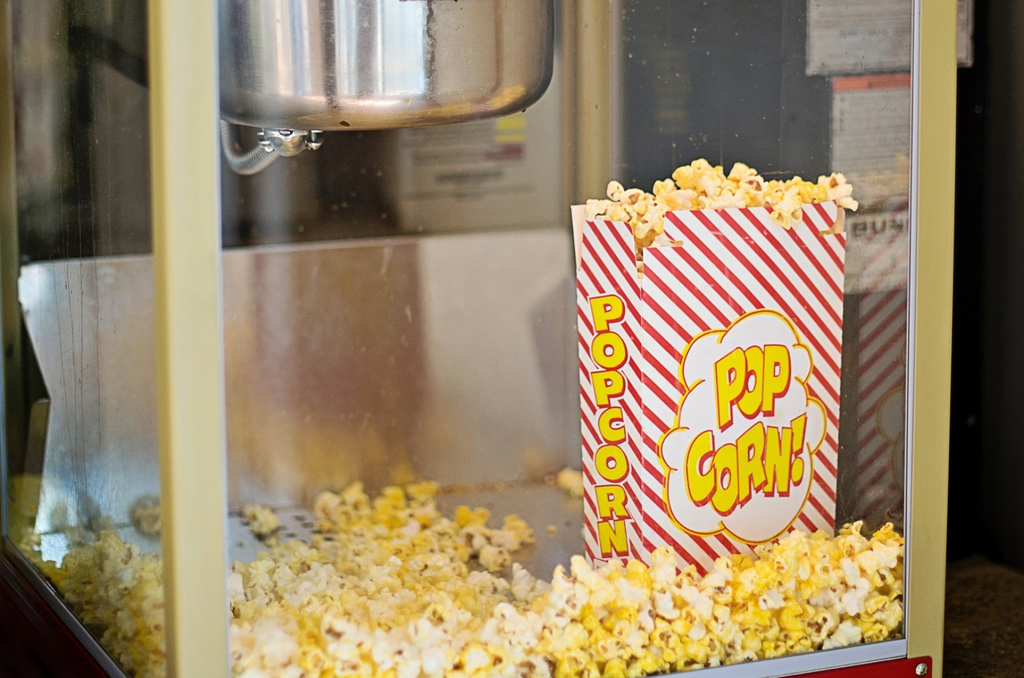Two Types of Data
When people discuss data, they typically describe it as either quantitative or qualitative. Yet, what is quantitative data? What is qualitative data? How are these two types of data different? Is one type of data better to use than the other? Why should this topic matter to purpose-driven organizations? This blog post describes the differences and similarities between quantitative and qualitative data.
Data as Information
Think of data as information. When you have a question, you need to gather information to answer your question. You can use both qualitative and quantitative data approaches to gather information. Typically, focus groups (i.e., guided discussion about a particular subject with a group of individuals) and interviews (i.e., guided discussion with one person) tend to gather qualitative data; whereas, surveys and questionnaires tend to gather quantitative data. In a previous REC blog post entitled 6 Tips to Collect Quality Data, we discussed 6 essential tips to consider when gathering data. Start here before you consider what type of data to collect.
Comparing Qualitative and Quantitative Data
It’s important to know the difference between quantitative and qualitative data. In general terms, quantitative data contains measurements (i.e., numbers, ratings), whereas qualitative data contains descriptions (i.e., open-ended text, themes). Quantitative data can consist of discrete numbers such as categories or continuous numbers. Qualitative data describes qualities that cannot be measured directly, while quantitative data is a measurable quantity. Both types of data can help nonprofit organizations tell their story. However, in practice, quantitative data tends to be more trusted than qualitative data.
An Example
Imagine going to the movies and buying popcorn, what would be considered qualitative data about that popcorn? What would be considered quantitative?
Qualitative Popcorn Data
Buttery smell
Salty taste
“I enjoyed eating this popcorn!”
Quantitative Popcorn Data
600 calories
$7.25
64 ounces
The buttery smell, salty taste, and the quote all provide open-ended descriptions of the popcorn and therefore are qualitative data. The 600 calories, $7.25, and 64 ounce tub all represent quantitative data, because they are all measurable quantities. Data from each category help us better understand the experience of going to the movies and buying popcorn. They both simply highlight different pieces of information. You are well on your way to collecting quality data, just be sure to enjoy that popcorn next time you are at the movies!
This REC 5-part blog series started with a post entitled Collecting Quality Data – 4 Questions. The next blog post will focus on the pros and cons of qualitative and quantitative data, followed by a description of different data collection methods. At the conclusion of this blog series, the strengths and weaknesses of each data collection method will be discussed, especially in the context of nonprofit program evaluation.
Feel free to contact me with any research and evaluation needs at annette@researchevaluationconsulting.com

